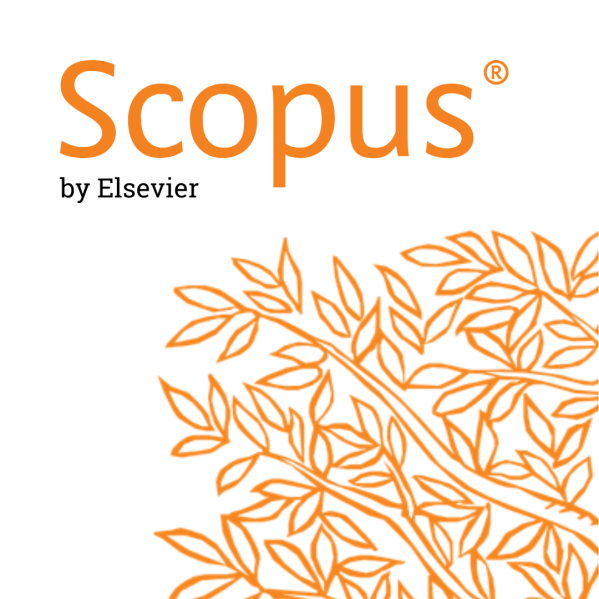Posted on: January 6, 2025

What’s New?
The newest addition to the library’s online resources is Scopus, produced by Elsevier. This 20-year-old abstracting and indexing database is widely recognized for its coverage of peer-reviewed literature. It’s a go-to platform for many researchers thanks to its comprehensive coverage of articles, books, and conference papers. One of its main strengths is its user-friendly interface, which allows for easy navigation and quick access to search results.
The developers at Elsevier, a Dutch publishing giant, named this database after Phyllos SCOPUS Collybita (common name chiffchaff), a small migratory bird recognized for its superior navigation skills. The bird became the inspiration behind Scopus, a database and search solution that can help you navigate an ocean of scholarly information.
Why You’ll Love It
Subject Coverage: The database has over 77 million records, including articles from more than 7,300 publishers that must be reviewed and selected by an independent Content Selection and Advisory Board (CSAB) to be, and continue to be, indexed on Scopus. Scopus is multidisciplinary, covering a wide range of subjects including science, technology, medicine, nursing, social sciences, business, arts, and humanities.
Citation Tracking: It’s also a powerful tool for tracking citations and finding relevant papers for your research. Citation tracking allows you to trace the impact of a paper by tracking its citations, understand the progression of research in a particular field, and identify emerging trends.
Researcher and Institution Profiles: Scopus will provide a profile of an individual researcher with information on the number of times that their work has been cited. The h-index is an author-level metric that measures both the productivity and citation impact of published research. You can also search by institution (e.g., Thompson Rivers University) to learn more about the subject areas in which researchers are publishing, who the highly cited researchers are, and how publication output has increased over time.
PlumX Metrics: Scopus includes altmetric data relating to individual publications using PlumX metrics. These are displayed in the right-hand pane when viewing a full record in Scopus. Altmetrics (alternative metrics) are measures of the impact of published research beyond traditional citations, which can be used to supplement the information gained from traditional citations analysis. In Scopus they can show scholarly interest (e.g., reference management bookmarking with Mendeley), media interest (e.g., news stories), or public engagement (e.g., social media activity).
How to Access
Accessing Scopus is simple:
- Visit the Scopus entry in the library’s Database A-Z list.
- Log in using your TRU credentials (if you are off campus).
- Start your search!
Tips for Getting Started
- Start with broad keywords and then narrow down your search by adding additional concepts.
- Utilize the filters to refine your search results by document type, language and country, to list just a few of the options.
- Download results and save them to your device for easy access later.
- If you like to learn more about effectively searching and using Scopus, book a research consultation with a librarian.
We hope you find this new resource helpful and that it enhances your research. If you have feedback about this new resource, please email the Collections Librarian, Joey da Costa, at jdacosta@tru.ca


